NFT or Non-fungible token is the latest buzzword these days. It represents digital ownership of assets created through blockchain technology. It’s a fascinating crypto project and gaining a lot of attention from commercial giants around the globe. Different industries like automotive, electrical, semiconductor, etc., are also planning to use it for their trademark protection. Recently, Mercedes Benz applied for NFT and metaverse trademark applications in the USPTO (United States Patent and Trademark Office).
In this article, we will explore crucial facts about NFTs and learn their future scope.
What is NFT
In one of our previous articles, we discussed how smart contracts are built using Ethereum. NFT is developed by smart contracts. Other cryptocurrencies like bitcoin are standard and equal, while NFTs are one of a kind and cannot be replaced. With smart contracts, inventors can establish the right and presence of digital assets such as videos, pictures, craftwork, etc. On top of that, the creator will also gain royalties when they sell their creation on any market. Having a full history of trades, a large volume of liquid assets and suitable interoperability make it a favorable IP protection solution.
At the beginning of 2022, the trade volume on its market was around $13 billion. It is often described as the future of digital assets. Kevin McCoy and Anil Dash designed the first known Non-fungible token, Quantum (it’s a video clip), in 2014. Since then, this market is booming.
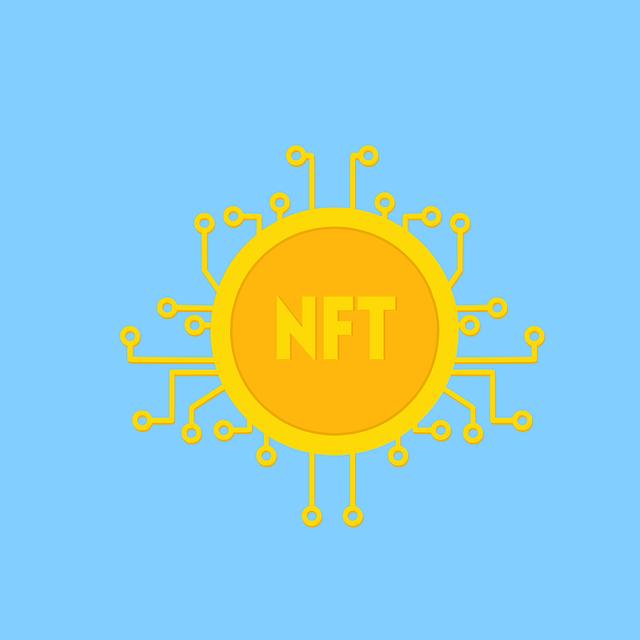
The Merge is the most expensive NFT
Pak’s The Merge was sold for a whopping amount of $91.8 Million in 2021, making it the most expensive Non-fungible token to date. Around 28,893 collectors bought it through Nifty Gateway. This is a 3D pattern composed of white dots on a black background. Their mass would increase with the growing number of buyers. The NFT includes a scarcity mechanism that decreases token supply with time. Upon transfer, each Merge token merges with the recipient’s wallet token, resulting in a single token with a higher value. Eventually, there may just be one final dot.
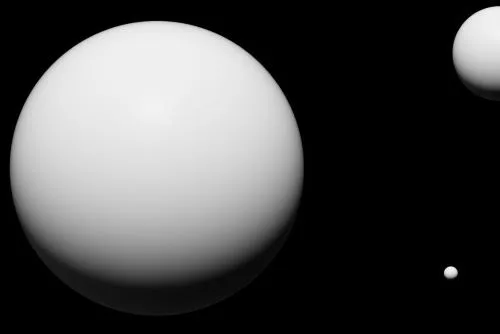
OpenSea is the largest NFT marketplace
OpenSea is the biggest market for purchasing, selling, and exploring NFTs. It is founded in 2017 and has over 80 Million assets in store. People can create them for free, all we need to do is to sign up and proceed. It has different categories of arts, music, photography, virtual worlds, sports, and trading cards. It also has a provision to show analytics, listed items, and overall activities done on each token. They are designing tools to facilitate the free exchange of entities among consumers, launching virtual artworks, and enhancing the rich marketplaces for a better experience. People have made over $1 Billion from creator fees on this platform.
Cryptokitties lead the NFT revolution
CryptoKitties is a virtual game based on Ethereum where people can own cats. Each cat has unique characteristics known as cattributes. Two cats can breed, and they generate kittens with a unique blend of their features. Each CryptoKitty is unique and can be exchanged with other members of the community using Ethereum. Cryptokitties have been sold for as much as $300k a piece, which has given NFT’s a promising future. Cryptokitties even have their sports like Kitty Cup Fancy Chase.
It will have a huge impact on the gaming market. Read our article, 8 interesting facts about the gaming industry.
5 protocols that make up an NFT
To establish NFTs, you need a distributed catalog that keeps records, along with exchangeable dealings that enable peer-to-peer trades.
- Digitize. An NFT owner transforms the raw information into a suitable form. He/she verifies the preciseness of features like file, title, and description.
- Store. The raw data can be stored in an internal and an external database outside the blockchain.
- Sign. Then the transaction is signed by the owner and sent to a smart contract.
- Mint & Trade. Afterward minting (new coins creation) and trading begins. It is done based on the logic of the token standards.
- Confirm. The minting process concludes once the transaction is confirmed. As a result, NFTs will be permanently linked to a unique blockchain address.
The famous Beeple
Many of you must have heard about Beeple, aka Mike Winkelmann. He is a graphic artist working on several virtual artworks. He is the pioneer of everyday movement, creating a new picture every day for several years. He sold his first 5000 days of artwork for $69 Million through an NFT. Mind-blowing, isn’t it? That day also marked two significant occurrences: The first auction of digital art and the first sale via Ethereum. Florent Buonomano, the artistic director at Louis Vuitton requested one of his artworks. It was printed on Louis Vuitton shirts and was a huge hit.
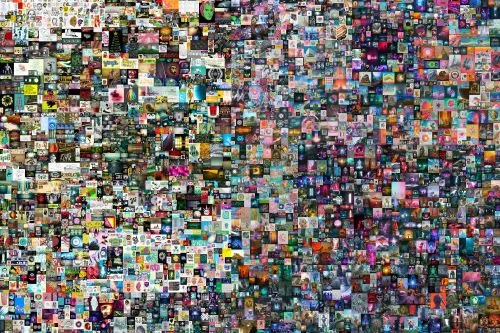
NFT Attributes
These are decentralized, which means there is no central authority that controls all the transactions. It has the following traits:
- Tamper-resistant: Data associated with its transactions is persistently stored and cannot be altered once confirmed.
- Verifiability: There is a possibility of publicly verifying the ownership of an NFT, along with its token metadata.
- Tradability: Each NFT and its related creations can be sold and traded.
- Availability: A full list of tokens and issued NFTs is always available for trading and buying.
- Transparency: All actions are accessible to everyone.
- Atomicity: NFT trading can be completed in one atomic, consistent, isolated, and durable transaction (ACID). Several NFTs can run simultaneously.
- Usability: NTFS provides the most accurate ownership information in an easy-to-use format.
Everlasting ownership
We are living in the information age where it’s extremely easy to copy something and use it over and over. This fades the original value and charm of that thing. Similarly, when we design any art and post it virtually, it gets easily copied or recreated. It becomes hard to keep track of its authenticity.
Thankfully, NFT changes this greatly, since they serve as a non-duplicable digital certificate of ownership. As a result, you are granted the right to resell, distribute, or license the digital asset at your discretion. Moreover, the artist has complete control over how his artwork is sold and distributed without being reliant on third parties.
Thailand ranks first in the highest number of NFT users
East Asian countries such as China, Vietnam, and Thailand are the most attracted to NFT. According to the reports by Statista, Thailand topped the position with 5.65 Million users. Following this, Brazil had 4,99 million users, and the United States had 3,81 million. In the top 10 of the biggest digital users, Thailand ranked first even though 8.08% of its individuals possess digital properties.
They are paving the way for decentralized commerce. There is no way anyone can exploit the market, move goods to the top of the page, or write phony reviews.
NFT is the future!
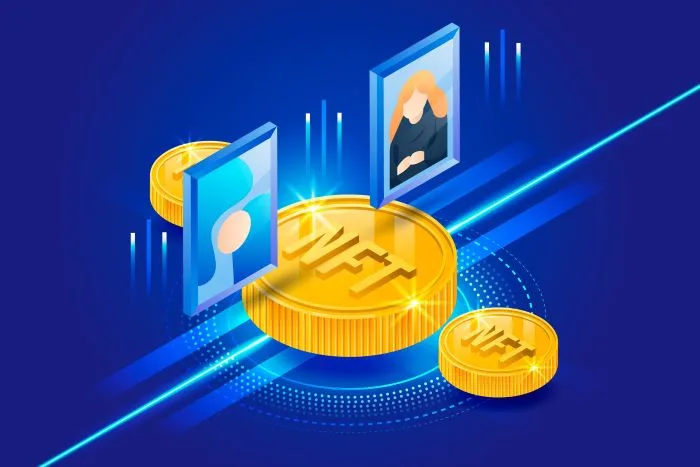
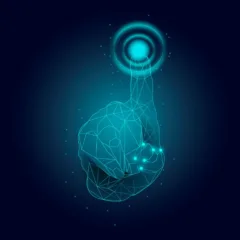

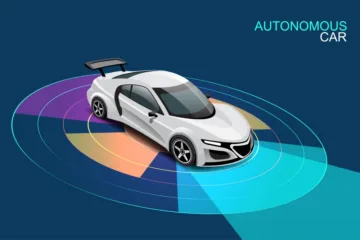
[…] to blockchain technology. We have already emphasized the importance of cryptocurrency and how NFTs (non-fungible tokens) are used. Due to NFTs users can convert their in-game rewards into real money, making it an upcoming […]
[…] goods: NFT (non-fungible token) is a blockchain mark representing the authority over the product (songs, photos, paintings, etc.). […]
[…] Read more, 9 valuable facts of NFT to watch out for. […]
[…] Read more, 9 valuable facts of NFT to watch out for. […]
[…] Read more, 9 valuable facts of NFT to watch out for. […]